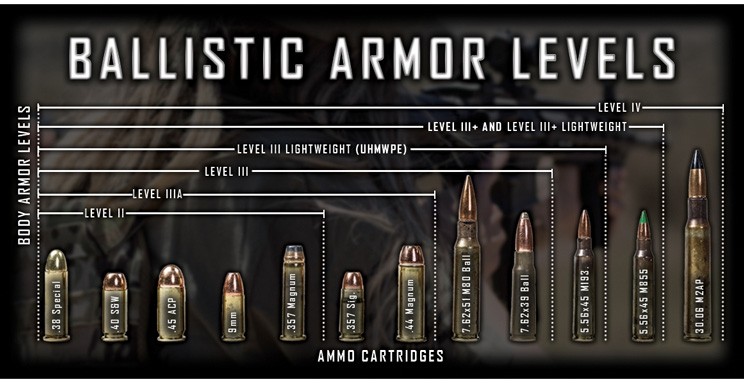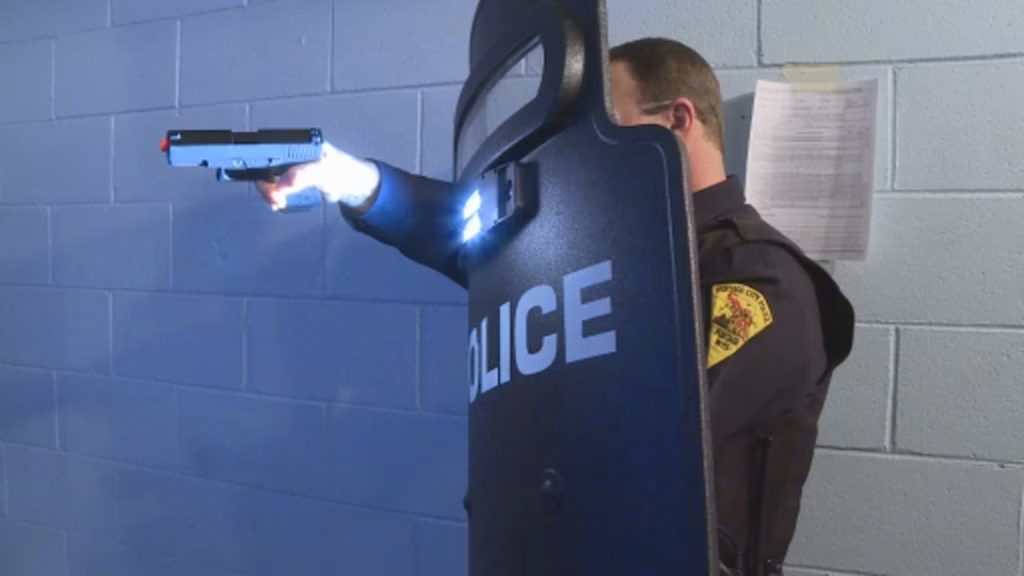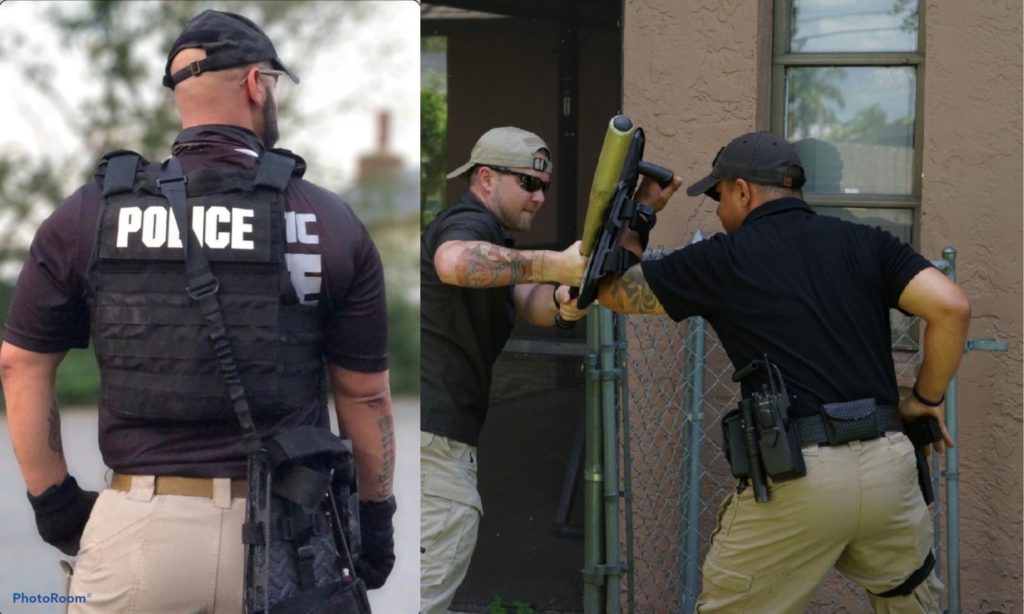Shop by Industry
Industries we support...
Products
START SHOPPING...
EXPLORE by category
Product Series
Resources
Contact
Find a Dealer
Ballistic shields, also known as bunker shields and ballistic blankets, are used when armed resistance is expected. They are specifically designed to stop bullets and dangerous projectiles. SWAT, special operations use these personal shields (if carried by hand) and mobile personnel shields (if they come with wheels), and emergency response teams worldwide to help neutralize threats quickly. Such situations include high-risk search warrants, raids on drug houses, and active shooter, among many others.
In recent years, ballistic shields have undergone some important modifications to offer better performance in specific applications. Unlike riot shields (usually clear), ballistic shields traditionally have a black exterior, rectangular shape, and sometimes come with a viewing port. Technological innovations have enabled the creation of many new ballistic shields over the last 20 years. Every shield has pros and cons, and each department needs to evaluate their specific needs, threats they face, and call volume, which can vary tremendously by city, region, and country.
This article is meant to serve as a general resource on ballistic shields. It covers Protection, Use of Ballistic Shields, Weight, Size, Shape, Design, Viewports, Color / Finish, Handles, Lighting, Price, Training, Warranty, Innovative Shield Models, Ballistic Shield Manufacturers, and Resources

The National Institute of Justice (NIJ) breaks down ballistic protection by levels of ballistic protection. As you can see from the ballistic armor levels graphic above, there are critical differences in NIJ ballistic levels.
Each department needs to weigh the tradeoff between protection and mobility. Softer armor tends to be lighter weight, easier to maneuver, and less expensive. These are easier and more comfortable to use when shooting on the move but tend to offer less protection. Harder armor offers increased protection. The tradeoff, however, is a heavier shield that offers less mobility and a higher price tag.
Depending on tactics, philosophy, and budget, the department will decide which shields (if any) to use along with where and when.
Ballistic shields are used in offensive, defensive and patrol situations. There is an excellent article in PoliceOne that outlines some of these situations and tactics in detail. Here is a quick summary of some of them:

Takedown and ruse tactics catch the subject off guard away from their home. These situations typically would not need a ballistic shield if executed quickly and successfully.
A perimeter is set up in surround and call-out applications, hoping that the subject surrenders quickly and peacefully. These situations can take hours to resolve while negotiations take place. If it devolves into violence, officers need to find cover with whatever is close by, including walls, trees, vehicles, and ballistic shields.
Breach and hold applications are similar to surround and call out, except that an entry point needs to be breached and entry may be needed.
In dynamic entries, the plan is to knock and announce, breach, and clear the objective quickly. The keys here are a surprise, speed, and domination, which are ideal for clearing large threats in the fastest manner possible and often incorporate diversionary or distraction devices. Ballistic shields that offer a combination of speed and protection are used here.
In deliberate entries, the plan is to knock and announce, breach (or breach and hold), and clear the objective at a methodical pace. The slower pace allows the operator to clear objectives from the outside before making the actual entry, but the speed and surprise elements are sacrificed. Ballistic shields that offer a combination of speed and protection are used here.
To add to the complexity, the game plan needs to be modified based on location. For example, the strategy changes when working in close quarters battles (like a linear assault application in a bus or hotel hallway) versus a home on a large, remote property versus working in a densely populated downtown area.
In some cases, the location can change from one setting to another, like in a dynamic, unpredictable active shooter incident. Speed is important, no doubt, but the threat type needs to be considered. Many active shooter incidents have involved the use of pistols, rifles, or both. As the need for protection increases, shield weight increases, and speed decreases.
There are also niche users like corrections, border patrol, airport police, marine patrol, gang units, tactical narcotics teams, school resource officers, court security, and security checkpoints that need to consider the use of where, when, and how to use ballistic shields for protection.

Some ballistic shields are smaller and store in the front of a patrol vehicle for quick access or can be carried on a sling for faster response at riots and entries.
Some shields have built-in steps in the back, like the MARS Armor Ballistic Ladder Shield that allows the shield to be used as a ladder. This helps clear obstacles
In addition to being defensive tools, some ballistic shields like the ATT-Tactical™ USI/SFS-Fighting Shield are marketed and manufactured to be a striking instrument when needed. Examples include CQB (close quarters battle) situations or when a fast-moving Entry Team has to quickly place a non-compliant subject upon the ground as they move through a house or structure without sacrificing the Shield Operator to stay behind as they advance.
Ballistic shields are valuable tools that can go a long way in helping keep officers and communities safe. Factors like weather, area trends, surrounding environments, and surface-level need to be considered when a department selects a shield. Depending on the desired use and ballistic protection required, the ideal shield’s weight, size, shape, and additional features can be selected. There are also accessories like mobile trolley systems (that shields can mount to) that can provide added mobility and speed when using larger, heavier shields.
SPECIAL THANKS:
Thanks so much to Tracey Willmott, Mario Cugini, Phillip Spencer, Mark Cardey (The Safariland Group), Paul Banducci (United Shield International), Mike Ott (Point Blank Enterprises), Chris Sfedu (EDI-USA) and HighCom Armor for their assistance with this article.



Enter your details below to save your shopping cart for later.